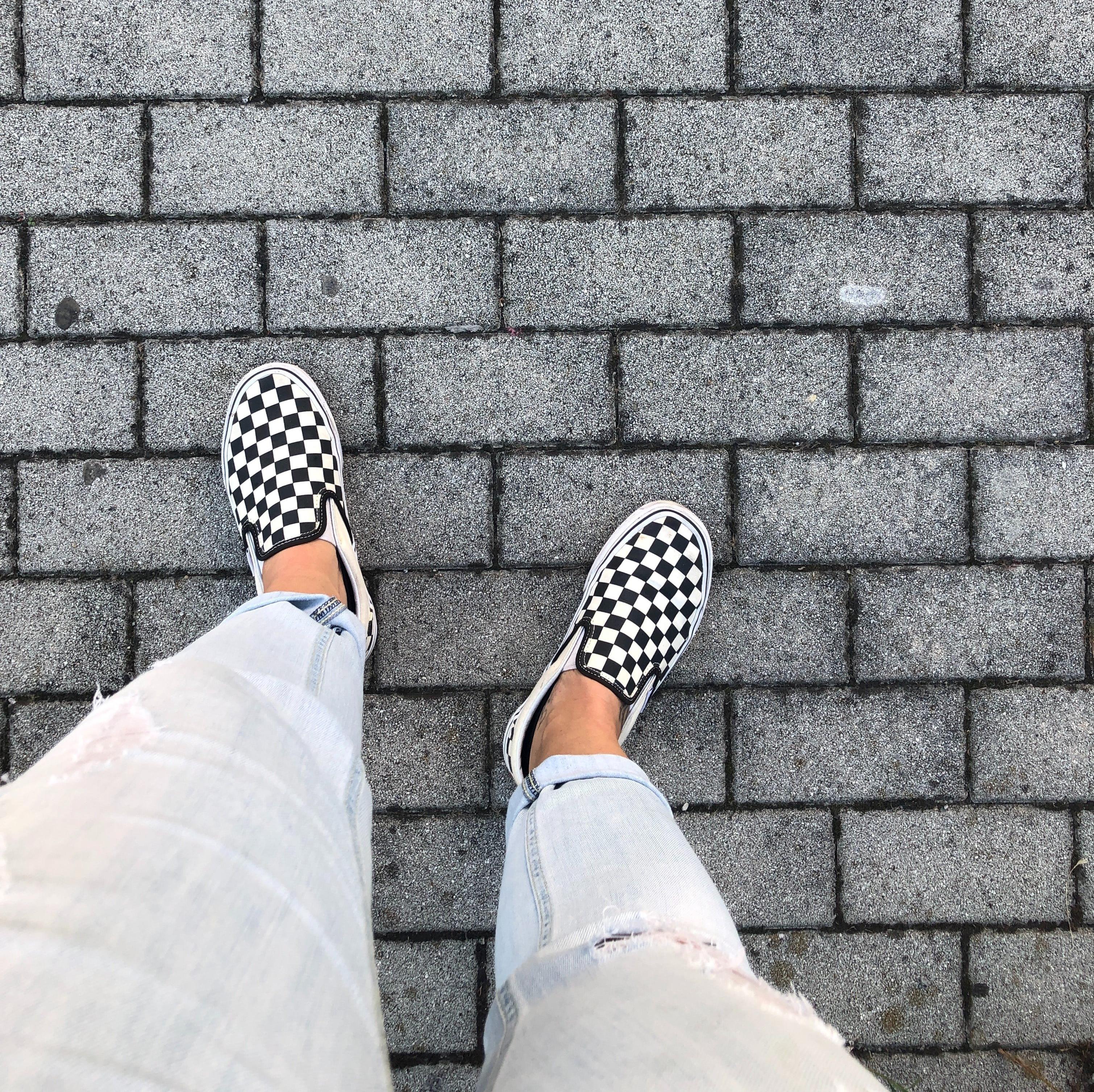
Dec 18, 2025
Step into timeless comfort with mule shoes that blend laid-back ease and modern style. The perfect shoe for dressing up or keeping it casual.
Read MoreJan 18, 2022
Fast Times at Ridgemont High’s Jeff Spicoli may have catapulted Vans Classic Slip-On shoes to the forefront of pop culture in 1982, but Vans footwear entered the footwear scene nearly two decades earlier.
In 1966, brothers Paul Van Doren and James Van Doren founded Van Doren Rubber Company in Anaheim, California, where the footwear they sold was manufactured on the premises, and then sold directly to the customer. But of all things to sell, why skate shoes?
Prior to their move to California, the brothers lived and worked in Massachusetts for Randolph Rubber Manufacturing Company. It was there that the Van Doren boys were introduced to skate shoes. Randolph Rubber manufactured the Randy 720 sneaker in 1965, a shoe that was named the official sneaker of the National Skateboard Championship Inc. Various competitors in the International Skateboard Championships in Anaheim competed in the Randy 720 that same year.
The move to Anaheim started out as an expansion endeavor for Randolph Rubber, an expansion the Van Doren brothers were intended to run. But as the story goes, they decided to go their own way once there.
The Van Doren Rubber Company manufacturing facility and storefront was dubbed the “House of Vans” and upon opening its doors, “House of Vans” offered consumers just three styles to shop. Among these styles was the #44 Deck Shoe, better known today as the Vans Authentic.
Since then, Vans is a global brand that bring consumers dozens of Classic and new styles for casual or performance wear.
Since it’s a new year, we think it’s the perfect time to shop for new Vans! Check out which styles we recommend copping.
The Vans #98 first entered the sneakersphere in 1977. The low top canvas shoe quickly became a Vans favorite thanks to its simplicity, timelessness and versatility.
Today, the Vans #98 is the most recognizable silhouette from the Vans line, often seen in clean white white colorways, black and white colorways and checkerboard colorways. You probably currently or have owned a pair of these no-lace skate shoes yourself. The Vans #98 is now known as the Vans Classic Slip On.
Early adopters of the Classic Slip Ons were skateboarders and BMX riders, surprisingly, but everyone from pop and hip hop artists and A-list celebrities to your English professor and the barista at your favorite coffee shop rock these iconic kicks.

The same year Vans released the Classic Slip On, the brand also debuted the Vans #36, or the Vans Old Skool silhouette. For enhanced durability, the Old Skool incorporated the use of leather panels, becoming the first skate shoe to do so.
These classic skate sneakers look vaguely similar Keds, but are more visually dynamic. Unlike vintage Keds and Vans Classic Slip Ons, (released after the Old Skool for clarity) the Vans #36 featured an upper interrupted by visible stitching, multiple panels of materials, and a “jazz stripe” down its middle.
The doodle-turned-style element “jazz stripe,” officially known as the Sidestripe, is now a hallmark of the Vans identity.
?pecrop=0,3.500,0,3.500)
In true reverse chronological order, the last Vans model in our lineup is the Vans Era. The Vans Era, or Vans #95, launched in March 1976 and was characterized by a padded ankle collar, a diamond waffle outsole and “Off the Wall” branding.
The Era was the first Vans model to feature the infamous “Off the Wall” logo, a phrase first uttered by Tony Alva and Stacey Peralta who are said to have inspired the Vans #95. The Vans Era was also the first Vans sneaker made specifically for skateboarding. Previous Vans releases were more generic, featuring a thick sole that was good for wear while skateboarding, by surfers, and for non-sports-related causal wear.
In modern streetwear fashion, Vans Era shoes are versatile everyday sneakers.
